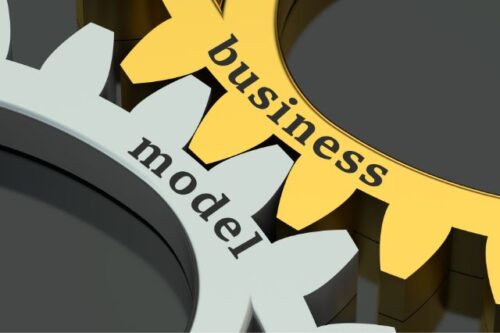We increasingly hear about outsourcing and outstaffing contracts and outsourcing and outstaffing companies: but what are they and what are the distinguishing features between outstaffing and outsourcing.
Let’s start with a definition
An outsourcing contract is an agreement whereby one party (the outsourcer or committee) assigns to another party (the outsourcer) certain functions necessary to realise a business purpose.
We note that this definition should be present in the contractual models that precede the conclusion of the relationship.
What are the reasons for outsourcing?
In addition to savings, there are other reasons for outsourcing
Increased efficiency: companies can focus on their core competencies and thus operate more efficiently.
Optimise scalability: Outsourcing increases the available workforce. This means that maximum productivity can be achieved, guaranteeing production even in the event of seasonal or unusual fluctuations.
Increased responsiveness: responsiveness to change is faster, as tasks can be outsourced to specialised third parties.
Increased quality: Outsourcing often leads to improved quality. A good factory or workshop can improve the quality of its products.
Cost savings: Outsourcing companies have a high degree of specialisation of their services. This allows them to operate much more economically, making their services very cost-effective.
Overcoming knowledge gaps: if a company needs to implement new work processes, there is often a lack of know-how or qualified personnel. Here, outsourcing is an alternative to hiring new specialists.
What is outstaffing
Outstaffing is an open-ended administrative contract that remained unused for many years because it did not seem convenient in relation to the previous discipline of fixed-term contracts, with the abolition of causal clauses that fully occurred with the passage of the Employment Act.
How does outstaffing work?
Essentially, an employee is hired by an outstaffing agency with an open-ended contract and sent on a business trip to a user company, on a par with a fixed-term staff leasing contract.
As this is an open-ended contract, there is no limit to the duration of the assignment and, for obvious reasons, the extension rules do not apply.
The outstaffing contract establishes and pays the employer a monthly availability allowance, divided into hourly instalments, for the periods during which the employee expects to be sent on a business trip. The amount of the availability allowance is determined by the national collective bargaining agreement.
Commercial issues
The user company, as in the case of fixed-term administration, will have a commercial relationship with the administrative agency, which in turn will be the sole owner of the employment relationship with the managed employee.
– temporary and objective needs unrelated to the regular business;
– replacement needs of other workers;
– needs related to temporary, significant and unprogrammed increases in normal activities.
To Sum Up
Outstaffing should not be confused with outsourcing. Outstaffing is the process of outsourcing certain functions or business processes and tasks to a third party (for example, outsourcing IT or accounting). With outstaffing, all functions remain in-house, but the













